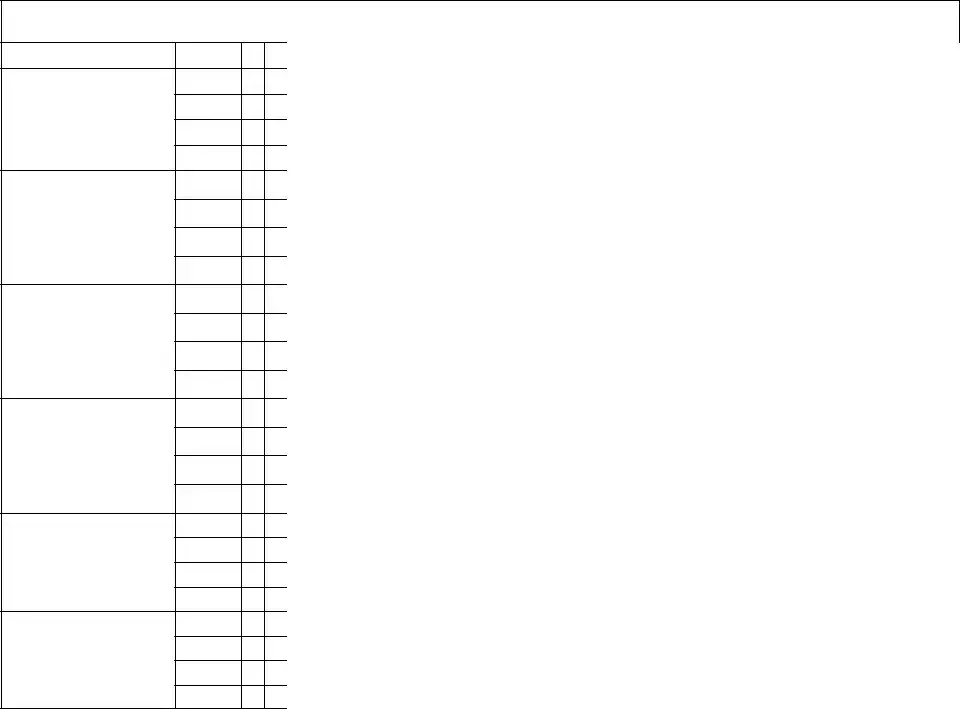What is the purpose of the Medication Administration Record Sheet?
The Medication Administration Record Sheet is designed to track the administration of medications to consumers. It helps ensure that medications are given at the correct times and in the appropriate doses, enhancing patient safety and compliance with treatment plans.
How do I fill out the Medication Administration Record Sheet?
To fill out the form, start by entering the consumer's name and the attending physician's name at the top. Then, for each day of the month, record the medications administered at the designated hours. Use the codes provided (R, D, H, C) to indicate any refusals, discontinuations, home medications, or changes in medication.
What do the abbreviations R, D, H, and C stand for?
These abbreviations are used to indicate the status of medication administration:
-
R
= Refused
-
D
= Discontinued
-
H
= Home medication
-
C
= Changed
Why is it important to record the time of administration?
Recording the time of administration is crucial for several reasons. It ensures that medications are given consistently and helps healthcare providers monitor the effectiveness of the treatment. It also provides a clear record for any future evaluations or adjustments needed in the medication regimen.
Can I use the Medication Administration Record Sheet for multiple consumers?
No, the Medication Administration Record Sheet is intended for individual consumers only. Each consumer should have their own record to maintain accurate and personalized medication tracking.
What should I do if a consumer refuses their medication?
If a consumer refuses their medication, mark the appropriate box with an "R" on the record sheet. It’s also important to document any reasons for refusal and notify the attending physician or relevant healthcare team members to ensure proper follow-up.
How often should I update the Medication Administration Record Sheet?
The record sheet should be updated daily, or each time medication is administered. This ensures that the information is current and accurately reflects the consumer's medication history.
What if there is a change in the medication prescribed?
If there is a change in the medication, mark the appropriate box with a "C" and update the medication details on the record sheet. It’s essential to communicate these changes to all relevant healthcare team members to maintain continuity of care.
Who is responsible for maintaining the Medication Administration Record Sheet?
The responsibility for maintaining the Medication Administration Record Sheet typically falls on the healthcare provider administering the medication. However, all team members involved in the consumer's care should be aware of the information recorded to ensure a coordinated approach to treatment.

